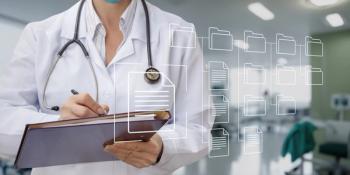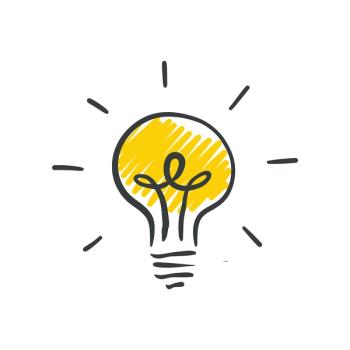
Telehealth helps physicians brace for landfall
The true value of telehealth doesn’t always reveal itself when we’re testing the waters, but rather when the waters test us.
Consumer interest in telehealth is steadily growing. But, because of reimbursement concerns, many physicians are choosing to test the waters slowly with telemedicine, one use case at a time, rather than adopting the technology as a full-scale solution. The true value of telehealth doesn’t always reveal itself when we’re testing the waters but rather, when the waters test us. Literally.
Natural disasters wreak havoc on everyone in their path, not only because of the immediate dangers they possess, but because of the healthcare access issues they trigger.
The response among telehealth providers in the wake of the recent Hurricane Florence, which impacted thousands in North and South Carolina was overwhelmingly positive. Thousands of patients benefitted from virtual care services rendered. Even better, the experience offered new insight into best practices around telehealth that physicians can employ in time of crisis before, during, and after a natural disaster. Not all disasters can be planned for, but physicians can still plan for them.
Before the storm
When hurricanes strike, power outages and flash flooding renders patients homebound and without means to travel safely to a physician’s office, urgent care center, or hospital. The only advantage is that the National Oceanic and Atmospheric Administration (NOAA) can give us advance notice for a hurricane, affording us time to prepare.
One of the earliest pioneers of telehealth,
In analyzing its response to 2017 events, the organization realized that it could do more to help patients prepare in the days before a hurricane hits. Namely, to help them to access board-certified physicians who could issue refills for much-needed prescription drugs or pursue other needed preventive strategies.
Physicians should encourage patients to plan ahead and help them to fill prescriptions early in the event that transportation issues will arise. Physicians should also encourage patients to download and familiarize themselves with a telehealth app in advance. Likewise, physicians who are unfamiliar with using a telehealth app should take time to practice, so they can move through visits more efficiently when disaster strikes.
During the storm
While meteorologists can track the hurricane’s location and intensity, no one can be certain of its impact. Even if physicians have done their best to prepare patients by urging them to seek care or fill prescriptions in advance, charge their phones, and stay vigilant, unexpected problems can arise anytime.
The time between when a hurricane makes landfall and the first three days after its peak represents a critical period for physicians. In 2017, during Hurricanes Irma and Harvey, telehealth was a first line of care for treating urgent care needs such as sinus and respiratory infections, urinary tract infections, asthma, rashes, and waterborne illness. Providers were also sought for therapy for depression, anxiety and panic attacks.
A
After the storm
Rand researchers also found that use of telemedicine peaked three to six days after the hurricanes made landfall, although most people who use such services did so for routine matters rather than disaster-caused illnesses.
Some physicians may find their demand peaks not in the immediate hours but in the days and weeks that follow a hurricane, as first responders work to repair infrastructure and help those who were displaced by a natural disaster.
When physicians are available to patients in their most critical time of need, it leaves a lasting impression. Nemours Children’s Health System, for example, reported that its satisfaction ratings were higher following the 2017 hurricane season than they were a year prior.
The months following a disaster are a good time to evaluate your response, review lessons learned, and adjust plans for the future. Were you able to address every patient’s needs in a timely manner? If you relied on a telehealth app to help patients, did it give you the ability to triage patients based on need? What would you have done differently? How might this translate into other aspects of your patient care across the organization?
Disaster relief is just one example of how telehealth can fill the gaps of care, but it is an important one as we look at new ways to expand access to care to all patients.
And while caution is a good thing when it comes to investing in the latest technology, caring for patients in a serious time of need is something that physicians should be equipped to do well. If technology can help us practice better medicine, it’s worth serious consideration.
Peter Antall, MD, is president of the Online Care Group (OCG), which supports 24/7 online doctor availability for telehealth platform
Newsletter
Optimize your practice with the Physicians Practice newsletter, offering management pearls, leadership tips, and business strategies tailored for practice administrators and physicians of any specialty.








